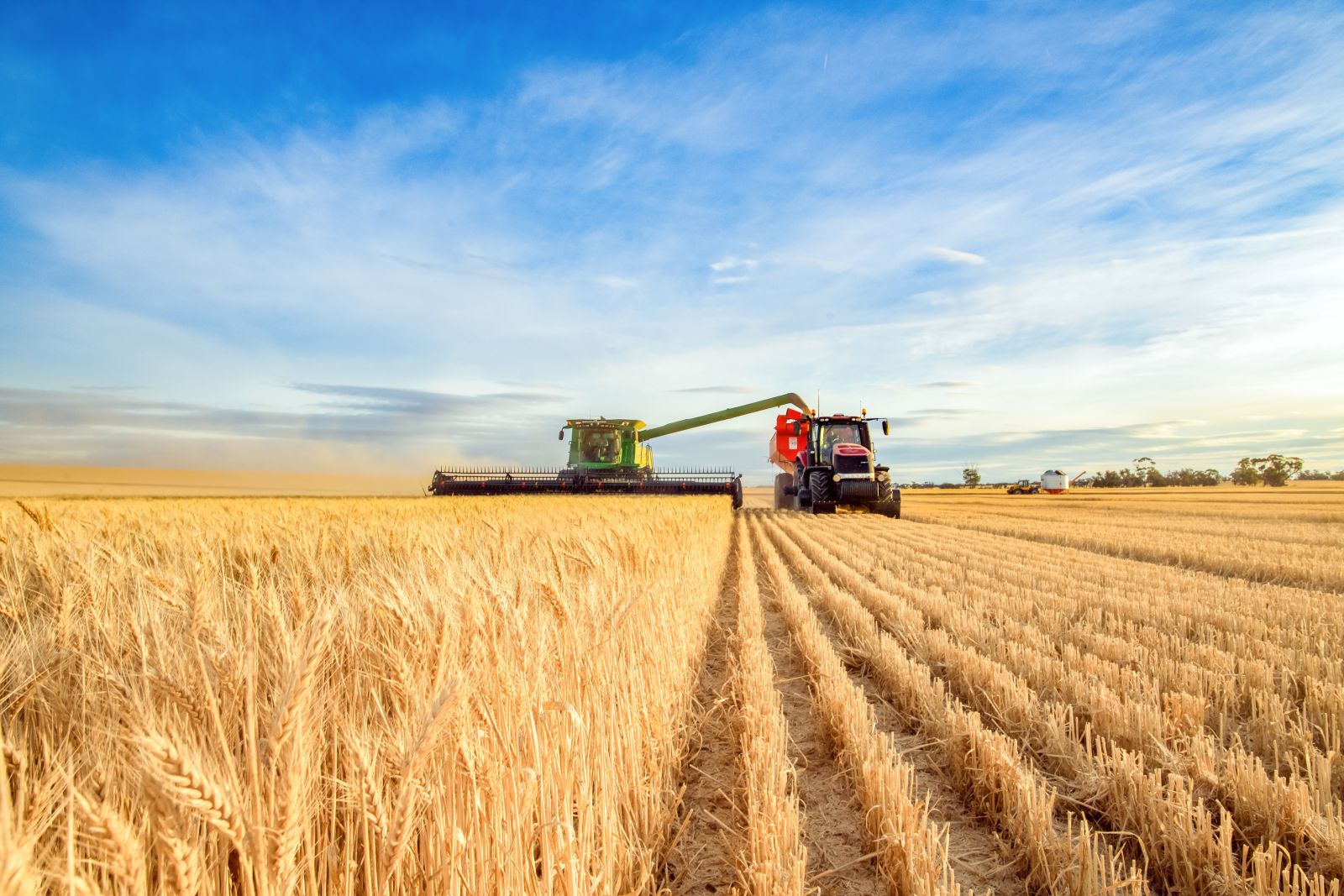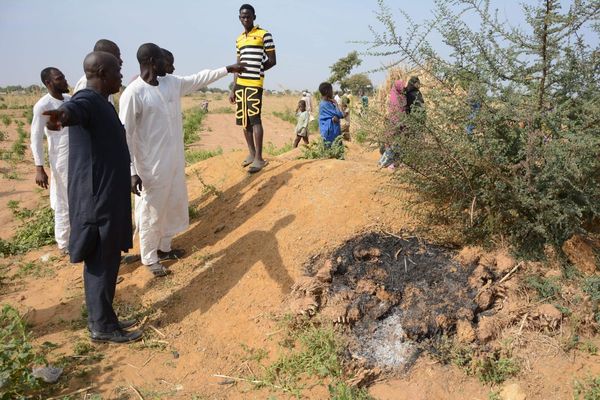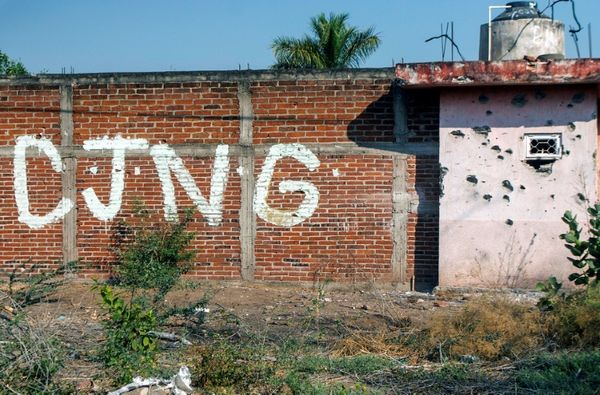
There are weeks where nothing happens, and there are weeks that feel like months worth of events happen. Of course, this is poorly paraphrased, but this past week was one of the latter.
The week started with Russia’s withdrawal from the Black Sea Grain Initiative. This was the least surprising development, as Russia had not been fully participating in the corridor for months, threatening their departure. Many, myself included, had anticipated a relatively quick resolution as we had seen before, hence the sell-off Monday after Friday’s rally had continued into the overnight trade on Sunday.
Russia’s attacks on targets adjacent to port infrastructure and threats that ships traveling in the Black Sea heading to Ukrainian destinations would be considered part of the conflict, was a twist in the situation we had not previously seen, sending Chicago wheat limit higher at one point midweek.
What is most interesting though is that the strength was not maintained to finish out the week, even with the situation remaining unresolved. Corn, wheat and beans all finished higher, but when we compare this week to other weeks of gains directly after the invasion, only finishing 22 higher in corn, 36 higher in Chicago wheat and 31 cents higher in beans is somewhat surprising when looking at the headlines.
However, as I have mentioned numerous times before, it is key to look at what is happening at ground level around the world, to get a better feel for why the futures market is reacting as it is. This time the physical market structure in corn, oilseeds and wheat is very different than what we saw in the months following the invasion, leading to what so far has been a very different market reaction.
Timing is key in every part of our lives, and this is no different. July in the Northern Hemisphere is typically a time where grain movement slows as farmers and traders work to empty bins and silos ahead of the next harvest. The bulk of export shipments have taken place by the time we reach the end of July, especially in Ukraine, where their pre-invasion export window was October to April.
Last year’s invasion happened in the heart of the export season after what had been record grain production the year prior. The back-up of grain from exports not being facilitated as needed became more critical with an impending surprisingly stout harvest last summer and fall. The corridor was able to act as a pressure release valve in the country’s grain pipeline.
Any time grain flow is restricted is less than ideal, but to have flow restricted when the need to ship is less, allows time for negotiation before the situation becomes critical.
Alternative routes and an increase in infrastructure spending has also changed the situation in a big way from what we saw at the onset of the war. Hundreds of millions have been spent to help facilitate exports from Ukraine into the EU and through alternative ports, with significant money allocated for building both temporary and permanent storage space.
Grains and oilseeds are very different from most other agriculture products, with a long shelf life, as long as they are conditioned properly at harvest and monitored while in storage. Properly handled grain can be stored for several months and even years.
According to the EU, solidarity lanes have provided for nearly 60% of Ukrainian grain exports, with the Danube shipping channel able to handle nearly 2 million metric tons of exports out of the country a month, up significantly from their 500,000 tonne/month pre-invasion level. The USDA estimates Ukraine will have around 29 million metric tons of corn and wheat to export this year, with both Danube and EU lanes able to handle most shipments if needed.
Alternative suppliers are as important as alternative routes, as it is another way the world grain situation has changed significantly over the last 17 months. At the start of the invasion Brazil had yet to plant the majority of their second crop corn that resulted in a record crop and nearly 29 million metric tons (1.14 billion bushels) of additional production from the year before. Corn production out of Brazil is expected to increase another 16 million metric tons (630 million bushels) from last year, giving the world a boost in corn supplies without assuming anything about US corn production.
China signing a phytosanitary deal with Brazil allowing for the import of their corn has been a game changer for them, as it allows them to tap directly into those growing supplies.
As Brazil harvests another record crop, government officials in Argentina are debating ways to generate cash, with the possibility of a special currency conversion offer for corn, as they have done previously with soybeans. Argentina production was down significantly this past year due to drought, limiting how much corn they could offer, but a push of additional cheap supplies buys world end users more time.
Speaking of world end users, we must remember, they too have experienced significant change when it comes to how they are able to approach securing grain supplies. Egypt is the best example, with tenders by the government’s grain buying body the way they sourced a significant amount of their supplies prior to the war. Shortly after the invasion there was some pressure from the West to keep Russia out of tenders, only to see alternative suppliers come in much higher than Russian offers and little to no business done.
Egypt still issues tenders, but they remain fewer and far between, with Russia tending to lead the way when it comes to the cheapest and most available supplies. Egypt, like many of its developing nation counterparts, is finding itself relatively broke as well, leaning on the IMF and others to help finance its food purchases.
Many believe world end users are relatively covered, with far more available supplies than a year ago. That is very evident as flat prices around the world have moved little so far in the face of so much uncertainty.
Big risks remain though, even if all feels calm at this juncture. I would have to imagine every world leader has warned against it but worries Ukraine could counter recent Russian attacks on port infrastructure with port infrastructure attacks of their own are valid.
Russian supply availability is another major component in cash markets remaining calm around the world, as Russia exported a record amount of grain last year (albeit some of it stolen) and is expected to ship a significant amount of grain in the year ahead.
Big Russian supplies and their offers into the world market over $200/tonne ($5/bushel) cheaper than values seen a year ago have capped prices and will continue to do so as long as they can move. Anything that threatens that, whether it is a ship attacked in the Black Sea, or infrastructure badly damaged, would be a major disruption to supply. Russia attacking Danube ports remains a big risk as well.
My hope is that cooler heads prevail, and we can, at the very least, see some type of ceasefire declared when it comes to port infrastructure and threats to merchant ships. Until something like that happens, the market will likely remain supported, with traders hesitant to get too aggressive in one direction or the other on headlines in the meantime.
In other news, I am continuing to watch weather, Chinese demand and outside market developments closely. Weather-wise, the heat is on this week, with forecasts of temperatures soaring into the 90’s and nearing 100 especially in the Western Corn Belt. There are parts of Iowa that have been much drier than normal the past several months that could really use a shot of moisture in order to withstand that kind of heat.
Chances of showers appear to accompany the high temperatures, though it appears as though a widespread rain event will not be seen this week. Extended forecasts are favorable though, with the National Weather Service expecting warm and wet conditions over the next two weeks, with significant drought reduction expected across all the Corn Belt to finish out the growing season.
Chinese demand has slowed a touch after a big push in buying when prices got attractive. Their weather outlook has improved as well recently, though risks to the crop remain elevated this year as we move to an El Nino pattern.
We will get an update from the Fed this week and I can’t help but feel the outside market cycle is ready to turn back to one of doom and gloom after the recent bout of optimism (yes, I know what you’re thinking and I *am* super fun at parties). We will have to see how the week unfolds, but money flow and the FOMO trade have seemed to be a big driver in all kinds of markets trading higher over the last month, it will be interesting to see if that continues if Powell reiterates his higher for longer pledge.
As always, don’t hesitate to reach out with any questions. Have a great week!
On the date of publication, Angie Setzer did not have (either directly or indirectly) positions in any of the securities mentioned in this article. All information and data in this article is solely for informational purposes. For more information please view the Barchart Disclosure Policy here.






